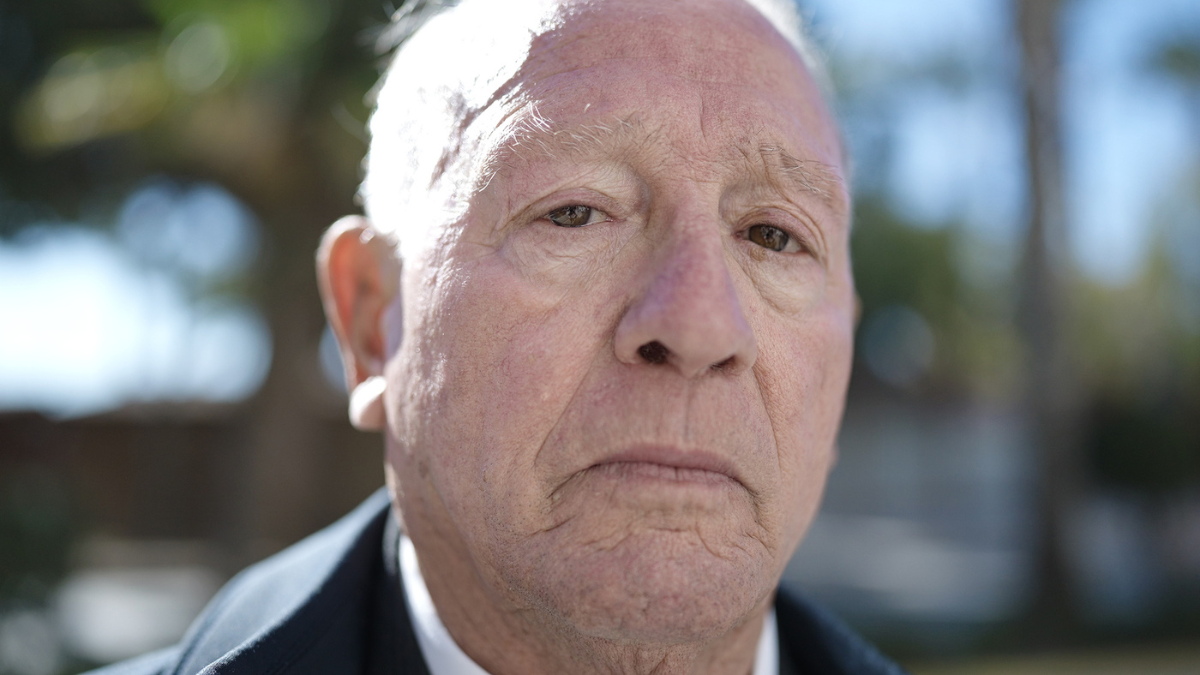Over the past 25 years, society has seen significant changes in what it considers acceptable behavior. What was once deemed perfectly fine in the past is now often met with disapproval.
As cultural norms and values continue to evolve, it’s essential to reflect on these changes and how they shape our daily lives.
1. Smoking in Public Spaces

Just a couple of decades ago, it was common to see people smoking in restaurants, bars, and even airplanes. Smoking was not only socially acceptable but also a prevalent part of social gatherings. However, as awareness of the health risks associated with smoking grew, public opinion shifted dramatically. Today, smoking in public spaces is largely prohibited, and many countries have implemented strict anti-smoking laws to protect public health.
2. Offensive Jokes and Humor

In the past, humor that relied on stereotypes, offensive language, or derogatory comments was often considered acceptable in various forms of entertainment, including television, movies, and stand-up comedy. However, society’s growing emphasis on inclusivity, diversity, and respect for all individuals has led to a significant change in what is deemed acceptable humor. Offensive jokes are now widely frowned upon, and comedians and entertainers are expected to be more mindful of their content.
3. Insensitive Pranks and Challenges

The late 20th century saw a trend of insensitive pranks and challenges that were often recorded and shared for entertainment. These pranks could involve dangerous or hurtful actions towards others. Today, there’s a greater awareness of the potential harm caused by such behavior, and many of these challenges are seen as reckless and irresponsible.
4. Gender Stereotyping in Advertising

In the past, it was common for advertisements to rely heavily on gender stereotypes, portraying women and men in rigid, traditional roles. Ads often reinforced harmful notions about what was considered appropriate for each gender. However, in recent years, there has been a shift towards more inclusive and progressive advertising campaigns that challenge these stereotypes. Modern consumers are increasingly critical of ads that perpetuate outdated gender norms.
5. Not Recycling or Being Environmentally Conscious

A few decades ago, environmental concerns were not as widely discussed, and many people did not pay much attention to their carbon footprint or waste generation. Recycling was not as commonplace, and there was less awareness of the consequences of environmental negligence. Today, with a growing understanding of the impact of climate change and pollution, not recycling or being environmentally conscious is seen as irresponsible, and there is a greater emphasis on sustainable living practices.
6. Offensive Comedic Stereotypes

Two and a half decades ago, comedy often relied on offensive stereotypes for laughs, perpetuating harmful misconceptions about various groups of people. Such humor, while common in the past, is now widely frowned upon. Modern audiences are more critical of comedy that relies on demeaning portrayals of race, ethnicity, gender, or other social categories.
7. Invasive Paparazzi Photography

In the late 20th century, celebrities were often subjected to intrusive paparazzi photographers who relentlessly pursued them in search of exclusive shots. This behavior was seen as part and parcel of the fame game. However, in today’s world, there’s a growing emphasis on respecting the privacy and mental well-being of public figures. Invasive paparazzi photography is now heavily criticized, and laws have been enacted to protect celebrities from harassment.
8. Casual Misuse of Social Media

The early days of social media were marked by a lack of awareness regarding its potential consequences. People often posted without much thought, including sharing personal information or engaging in cyberbullying. Today, society has become more conscious of responsible online behavior, and the casual misuse of social media is met with disapproval.
9. Acceptance of Discriminatory Dress Codes

Twenty-five years ago, it was common for businesses and social establishments to enforce dress codes that could be discriminatory based on gender, race, or other factors. These policies restricted personal expression and perpetuated inequality. Today, there’s a growing commitment to inclusivity and diversity, leading to a reduction in discriminatory dress codes and a more open-minded approach to attire.
10. Traditional Gender Roles in Parenting

In the past, traditional gender roles often dictated parenting responsibilities, with mothers primarily responsible for child-rearing and fathers focused on work. However, contemporary society has witnessed a shift toward shared parenting and the breaking down of rigid gender roles. More and more fathers are actively participating in childcare, challenging the once-accepted norms.
11. Corporal Punishment in Schools

A quarter-century ago, corporal punishment in schools was more widely accepted as a disciplinary measure. Teachers were allowed to use physical force to maintain order. However, in contemporary times, there’s a growing emphasis on non-violent, more compassionate approaches to discipline in educational settings. The use of corporal punishment is now heavily criticized and, in many places, banned.
12. Offensive Halloween Costumes

In the past, Halloween costumes that mocked or perpetuated stereotypes about different races, cultures, or marginalized groups were common and went largely unquestioned. Today, society is more sensitive to cultural appropriation and offensive portrayals. Wearing costumes that perpetuate harmful stereotypes is viewed as disrespectful and offensive.
11 Widely Accepted Historical Facts That Are 100% False

History is like a grand tapestry woven with stories and events passed down through generations. Yet, as time goes by, some of the threads in this tapestry begin to fray and unravel. It turns out that not everything we think we know about the past is as accurate as it seems.
11 Widely Accepted Historical Facts That Are 100% False
15 Great Examples of “Just Because It’s Popular Doesn’t Mean It’s Good”

Just because something’s popular doesn’t mean it’s good, fun, or valuable. We often scratch our heads over popular things and wonder what all the fuss is about. Following are several popular things that a lot of people just don’t see that much appeal to.
15 Great Examples of “Just Because It’s Popular Doesn’t Mean It’s Good”
15 of the Worst Pieces of Advice You’ll Ever Receive in Your Life

Most advice we receive is well intended, but it’s astonishing how bad some of it is. Some of it comes from outdated views of the world, and some comes from sheer ignorance.
Whatever the basis, it’s advice you’re better off ignoring and making sure you never pass on. Read on for some examples of stunningly bad advice!
15 of the Worst Pieces of Advice You’ll Ever Receive in Your Life
15 of the the World’s Greatest Lies

There’s a lot of misinformation out there. Information is often wielded as a weapon and used against the public. Some lies are so colossal that they’re practically universal in our society.
15 of the World’s Greatest Lies

